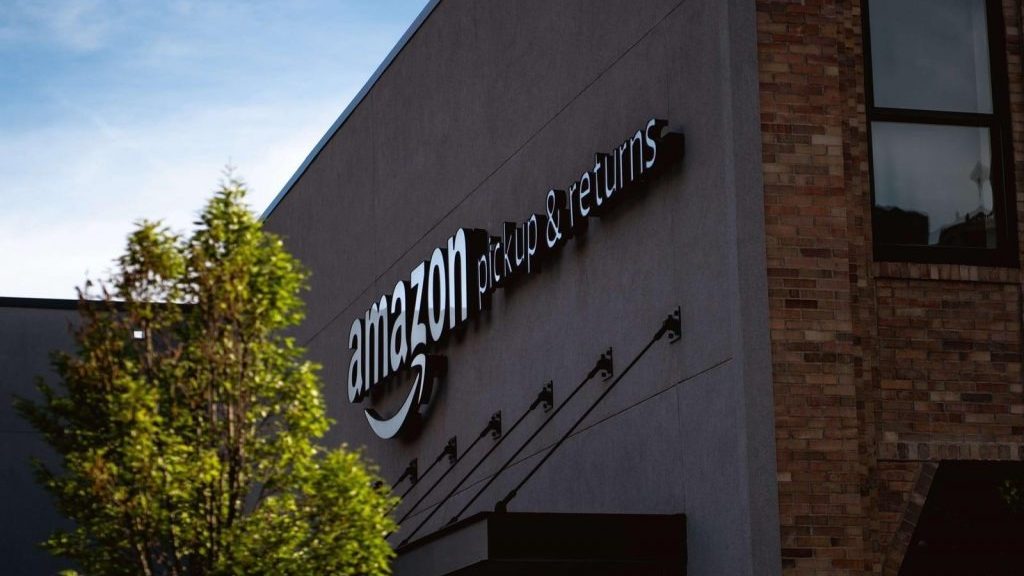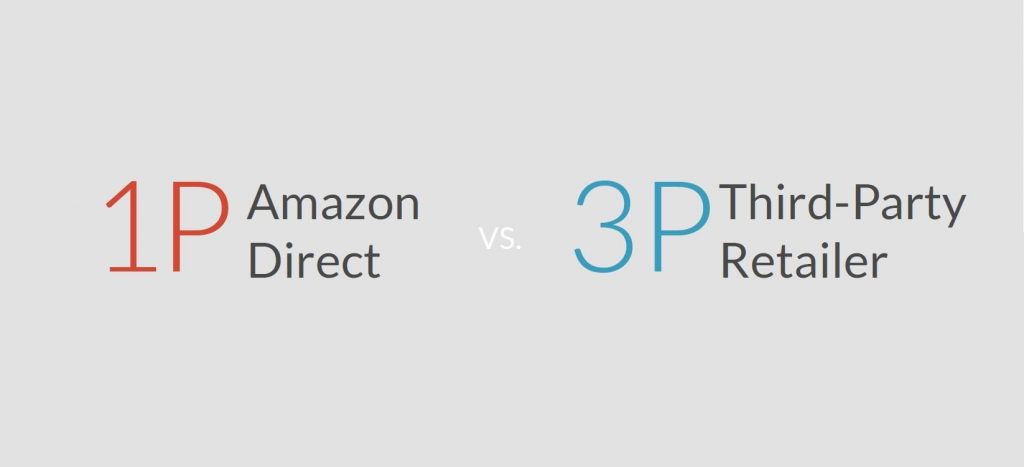Amazon 1P VS 3P: What Is The Difference?
- 01/11/2022
- Philip K
Whether you plan to or already do business on Amazon, Amazon 1P vs 3P, these two sales models, require you to choose from. They each have their own priorities, but all must hand over some operational control to Amazon.
You may need to consider a lot before making a decision. I believe that after reading this page, you can choose a sales model that is more suitable for you.

What is Amazon 1P?
If you are a 1P seller, it means that you are selling products to Amazon. The transaction occurs only between you and Amazon, as a wholesaler and a retailer, respectively. However, to become a 1P seller, you need to be invited directly by Amazon. The process begins with Amazon sending a purchase order, which you fulfill by shipping the product to them.
As a 1P merchant, you will lose ownership of the pricing of your product. You also have partial freedom to promote sales. When it comes to liability, manufacturers need to be responsible for their products to the end. Almost all retailers require their manufacturers to carry liability insurance. Amazon is very strict with merchants when it comes to technology and requires them to have insurance.
Pros
Cons

What is Amazon 3P?
Amazon 3P sellers will get the platform provided by Amazon to let their products get noticed. At the same time, you can freely choose the delivery order, such as FBA, FBM, or SFP.
1P sellers deal with Amazon through Vendor Central, while 3P sellers own Seller Central. 3P Amazon sellers can choose between two seller accounts: Personal and Professional. With a more comprehensive feature set, most sellers choose the latter. You can set up multiple accounts to grow your business within legitimacy.
Pros
Cons
Amazon 1P VS 3P: What Is The Difference?
1P sellers do not have the autonomy to build your brands. You can provide your ideas and resources before Amazon makes a decision. You will have no control over your product listings or prices.
The opposite is true for 3P sellers. All product marketing is in their hands. You are responsible for your entire Amazon strategy, considering all aspects of your branding, product optimization, etc.
1P sellers can grow their business in other markets. However, if one store sells for less than another, you may be at risk of being delisted. In other words, 1P sellers can only sell in a single e-commerce store. As a result, you reduce the opportunity to increase your profits.
3P sellers control their pricing. Therefore, they won’t risk delisting because they offer cheaper deals on another site. In addition, they are free to enter new markets.
1P sellers can better carry out their new Amazon business. It takes more time and effort. 1P sellers don’t have that hassle, but relying too much on Amazon can reduce profit margins.
3P sellers still need to do a lot of work by themselves with the assistance of FBA. Then there’s inventory management, marketing, and customer service. It sounds complicated, but the more you pay the higher the profit margin.
How to Move from 1P to 3P on Amazon?
You should give a list of your plans, which should include photos of your products and reviews, etc.
Budgeting for your own marketing will help you solve potential sales declines and drive your sales business forward.
When you plan to grow your business to other online shopping malls, you can still choose FBA, which will make your logistics business more convenient and affordable.
This will reduce your workload. The packaging, labeling, inspection, and picking of your products will be handled by the partner center, so you can enjoy the convenience without reducing your profit margin.
Have the right software and resources to better track inventory, allowing you to adjust fulfillment strategies in real-time to better meet sales needs.
You need to have a professional customer service team to handle returns and customer complaints. Doing so will give the product a more three-dimensional positive image.
Conclusion
In short, 1P is more dependent on Amazon to fulfill its business. That is, you give up almost all control over marketing and sales. 3P will deal with pricing, logistics, operations, and customers. But you have control of the business and the freedom to scale.
We have now compared the Amazon 1p and 3p sales models. There are pros and cons to both, and ultimately you will have to choose the business model that best suits your needs. If you want to learn more information, you can contact us.
More about Amazon 1P VS 3P:
Need a Quick Quote?
– Competitive price
– Quote within 24 hours
– 30+ Shipping methods
– Dedicated account manager
– Shopify/Woo integrations
– Autofulfil
– Auto tracking
– Plus much, much more

5 Best Wholesale Home Decor Suppliers 2023



10 Best Bikini Brands For Summer 2023








